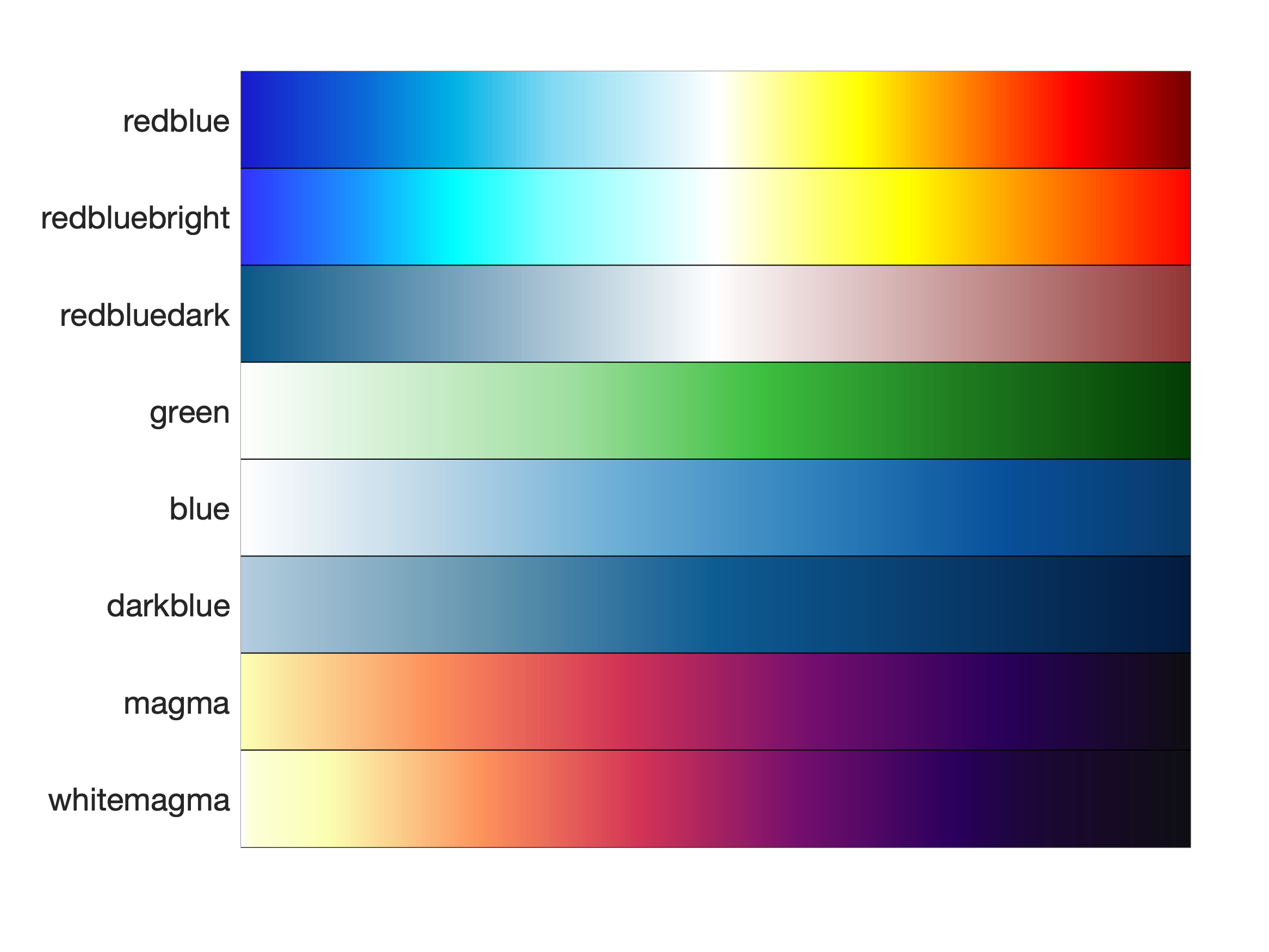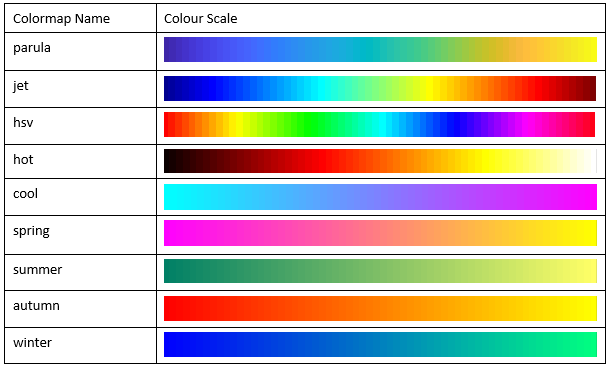
So I started my experiments with a warm-up and tried to replicate a Nautilus using a logarithmic spiral with a growth ratio equal to 0.1759. Some time later, after reading this post by Rob Simmon (in particular the section on the NASA Ames Color Tool), and after an email exchange with Rob, I started tinkering with the idea of creating perceptual rainbow colormaps in CIELab programmatically, by using a helix curve or an Archimedean spiral, but reading Smithson et al. The process was described in this post, and you can see an animation of the spiral curve in CIELab space (created with the 3D color inspector plugin in ImageJ) in the video below:

My first attempt of colormap spiralling in CIELab, CubicYF, came to life by selecting hand-picked colours on CIELab colour charts at fixed lightness values (found in this document by Gernot Hoffmann). I found this not only fascinating – a three-dimensional, perceptual colorspace from the 13th century!! – but also a source of renewed interest in creating the perfect perceptual colormaps by spiralling through CIELab. The authors were able to model this colorspace and also to show that the locus of rainbow colours generated in that colorspace forms a spiral surface (a family of spiral curves, each form a specific rainbow) in the perceptual CIELab colorspace. (who also recently published a new critical edition/translation of the treatise with analysis and critical commentaries) analyze the 3D colorspace devised by Grosseteste, who claimed it allows the generation of all possible colours and to describe the variations of colours among different rainbows.Īs we learn from Smithson et al., Grosseteste’s colorpsace had three dimensions, quantified by physical properties of the incident light and the medium: these are the scattering angle (which produces variation of hue within a rainbow), the purity of the scattering medium (which produces variation between different rainbows and is linked to the size of the water droplets in the rainbow), and the altitude of the sun (which produces variation in the light incident on a rainbow).

In a recent commentary on Nature Physics ( All the colours of the rainbow), and reference therein ( A three-dimensional color space from the 13th century), Smithson et al. The Bishops’ interests and investigations covered diverse topics, making him a pre-renaissance polymath however, it is his 1225 treatise on colour, the De Colore, that is receiving much attention.

In the article I learned for the first time of Robert Grosseteste, a 13th century British scholar (with an interesting Italian last name: Grosse teste = big heads) who was also the Bishop of Lincoln. The other day I stumbled into an interesting article on The Guardian online: The medieval bishop who helped to unweave the rainbow.


 0 kommentar(er)
0 kommentar(er)
